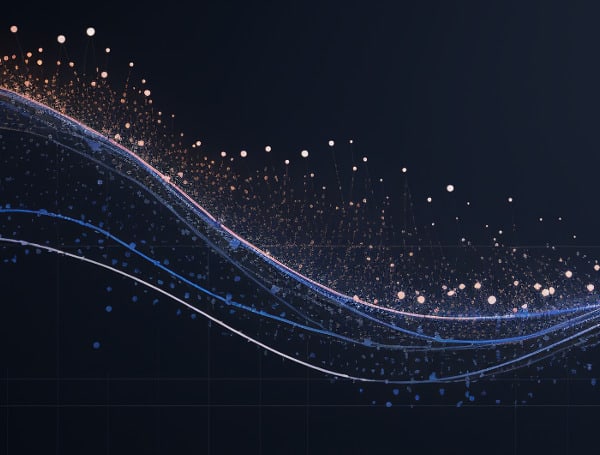Scatter plot visualizing data distribution with a series of dots on a grid In the era of Big Data, one of the primary challenges is no longer obta
In the era of Big Data, one of the primary challenges is no longer obtaining information but interpreting the tidal wave of data available. Graphical data representation methods like the scatter plot provide an effective solution to this problem.
Scatter plots serve as powerful tools capable of unlocking insights contained within raw data. In this article, we explore what scatter plots are, discuss their advantages, explore their varied applications, guide you through the process of creating one, and, finally, demonstrate how to interpret them.
Understanding Scatter Plot Fundamentals
A scatter plot, also known as a scatter chart or scatter graph, is a simple but powerful visualization tool used in statistical analysis. It visually captures the relationship between two numerical variables. Data points are plotted on a horizontal and vertical axis and represent the intersection of these variables, hence the name ‘scatter’ plot.
The advantage of scatter plots lies in their simplicity. They enable you to determine correlations, trends, and concentrations among variables easily. This straightforwardness is likely why scatter plots are a popular choice among statisticians, data scientists, and analysts alike.
Scatter plots are not without limitations, however. They are less effective when dealing with large datasets where data points risk overlapping or when trying to reveal relations among more than two variables.
Recognizing these strengths and limitations is key to effectively utilizing scatter plots in data analysis and interpretation.
How a Scatter Plot Provides Data Insights
Scatter plots are cherished for their ability to provide measurable insights visually. The distribution of data points can reveal patterns and correlations that might go unnoticed using other analytical methods. For example, a closely packed cluster of data points indicates high data concentration in that region.
Scatter plots can also reveal outliers, data points that diverge significantly from the overall trend. This information is invaluable in identifying anomalies in your data, which could point to unexpected behavior, errors, or unique opportunities.
Another beauty of scatter plots is their ability to show correlations between variables. If data points form a diagonal line from the lower left to the upper right of the graph, it suggests a positive correlation. Conversely, a line from the upper left to the lower right indicates a negative correlation.
Through these visual insights, scatter plots can serve as a guiding beacon in navigating the sea of numerical data.
Use Cases for Scatter Plots in Various Fields
The versatility of scatter plots makes them widely used across diverse fields. In healthcare, for example, scatter plots can map the relationship between patient age and recovery times, providing valuable insights for treatment plans and resource allocation.
In finance, scatter plots are indispensable for studying the link between different investment factors such as risk and return. By revealing trends and outliers in historical data, scatter plots can help investors make informed decisions and mitigate risk.
Environmental scientists often rely on scatter plots to analyze the impacts of one environmental factor on another, such as the effect of temperature on sea-level changes. Such analysis can inform climate models and conservation strategies.
The possibilities are almost endless, and the value scatter plots offer is immense, regardless of the field or industry.
Interpreting Scatter Plots
Once the scatter plot is built, the focus shifts to interpretation and extracting insights. The overall distribution of data points can provide a wealth of information. A random scatter suggests little to no correlation, while a distinct trend line (upward or downward sloping) indicates a positive or negative correlation, respectively.
Assessing the strength of a correlation is also critical. The closer the data points are to the trend line, the stronger the correlation. However, correlation should not be mistaken for causation. A correlation only shows that two variables move in concert, not that one variable causes the other to move.
Outliers are another pivotal component to inspect. The presence of outliers may influence the perceived correlation and could suggest that a different type of statistical analysis is required.
The goal isn’t just to build scatter plots, but to understand them and leverage their insights for informed decision-making.
Altogether, scatter plots are powerful tools capable of revealing hidden trends and correlations within data. They are widely used across many fields, easy to construct, and rich with information. Mastering scatter plots means gaining a deeper understanding of your data and ultimately making more informed decisions.
Android Users, Click To Download The Free Press App And Never Miss A Story. Follow Us On Facebook and Twitter. Signup for our free newsletter.
We can’t do this without your help; visit our GiveSendGo page and donate any dollar amount; every penny helps



